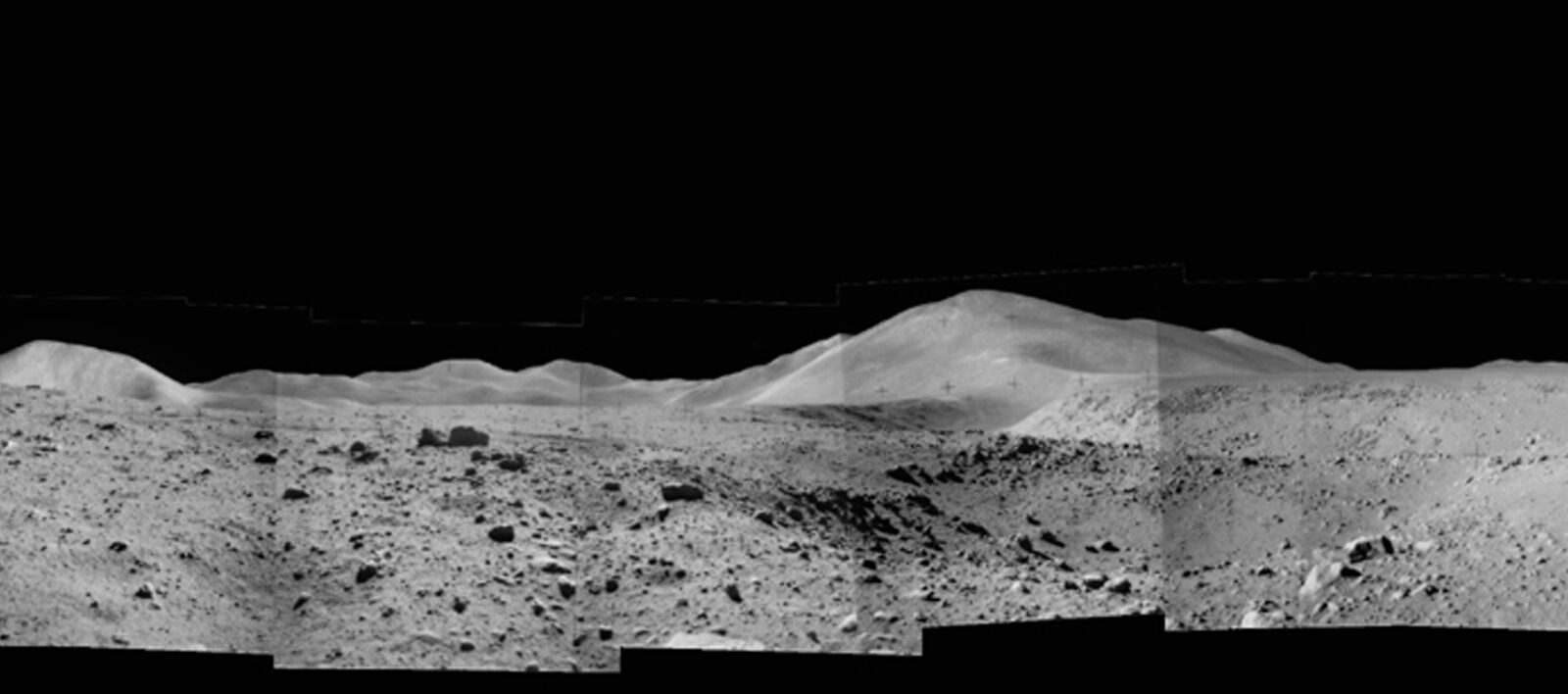Our Moon

Landing on the Moon changed everything. Earth’s nearest neighbor in space was transformed from a distant object shining in the night sky to a world with a desolate landscape and its own unique history.
The astronauts stood on the Moon for all of us but studied it as geologists would. They visited its vast cratered plains and left their footprints on its ancient dusty surface. The priceless collection of lunar rocks they brought home explained the Moon’s relationship to Earth and expanded our understanding of the solar system.
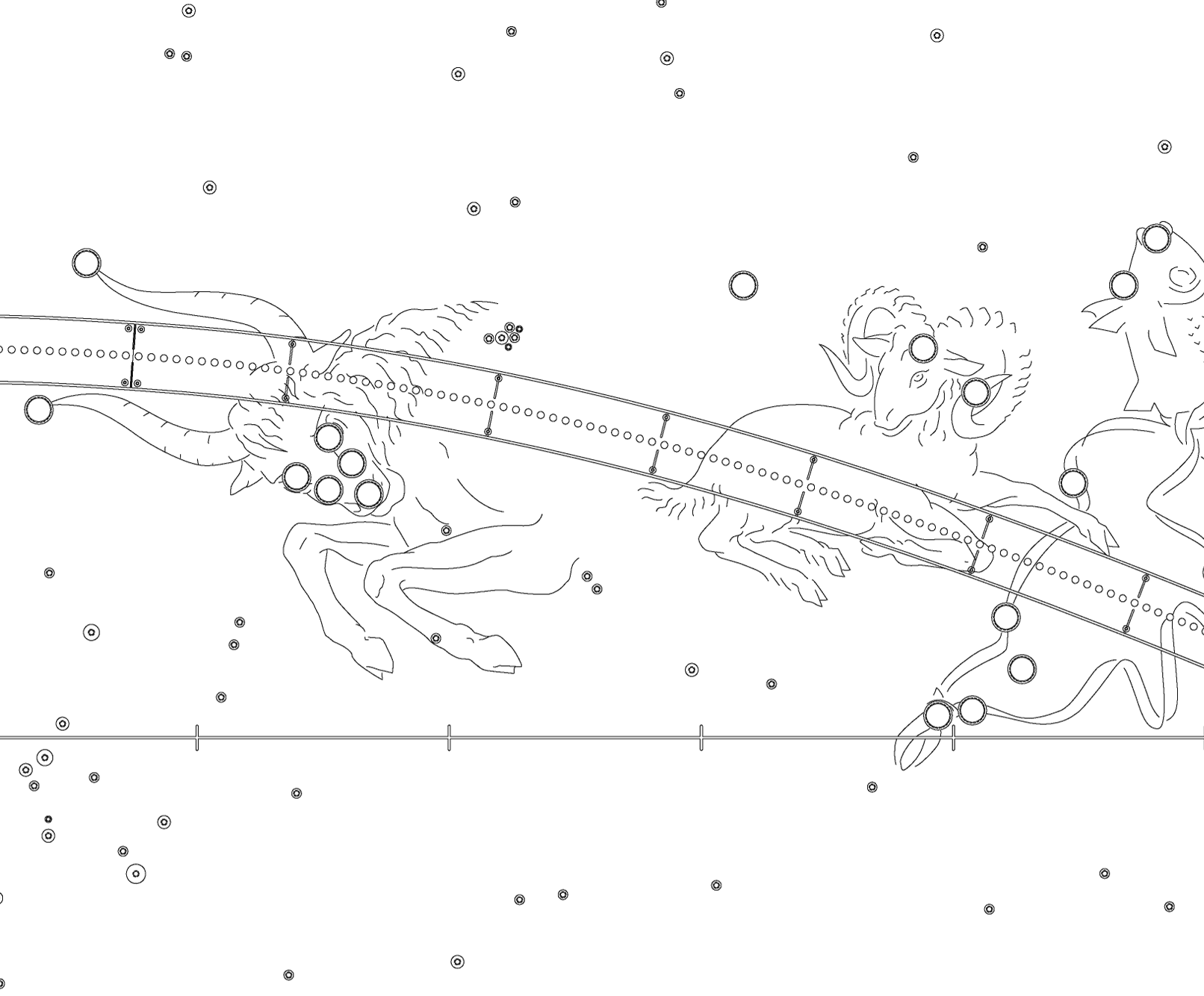
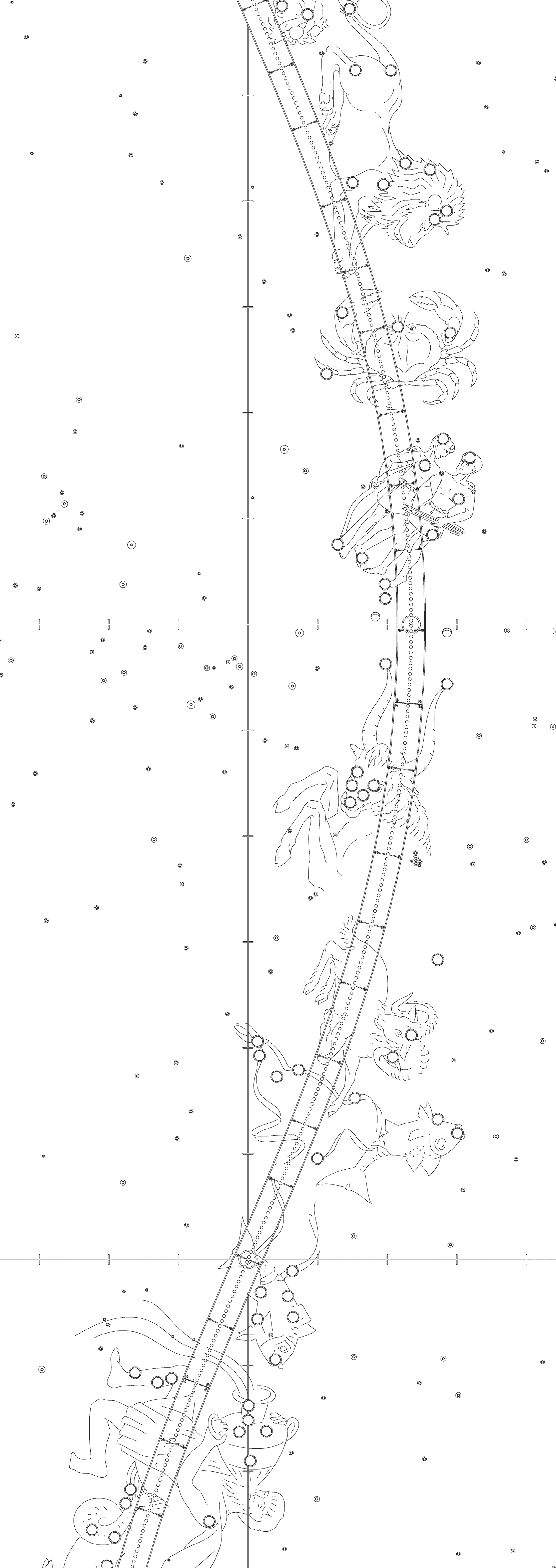
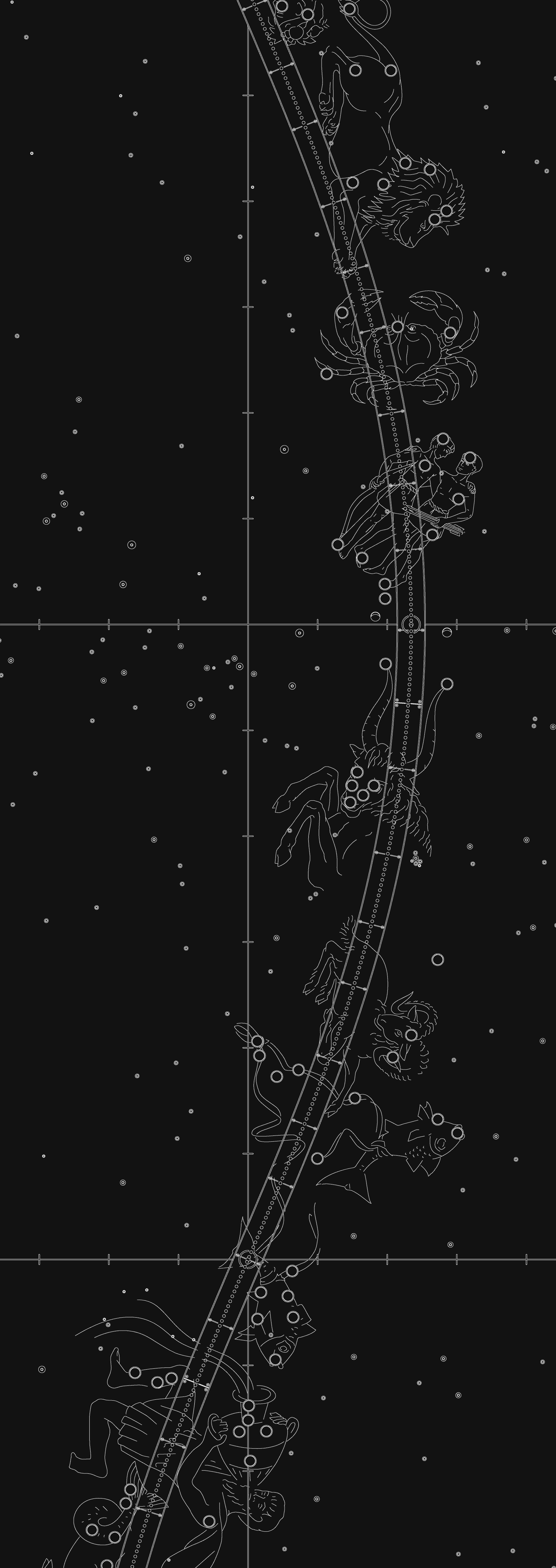
Our Closest Neighbor in Space
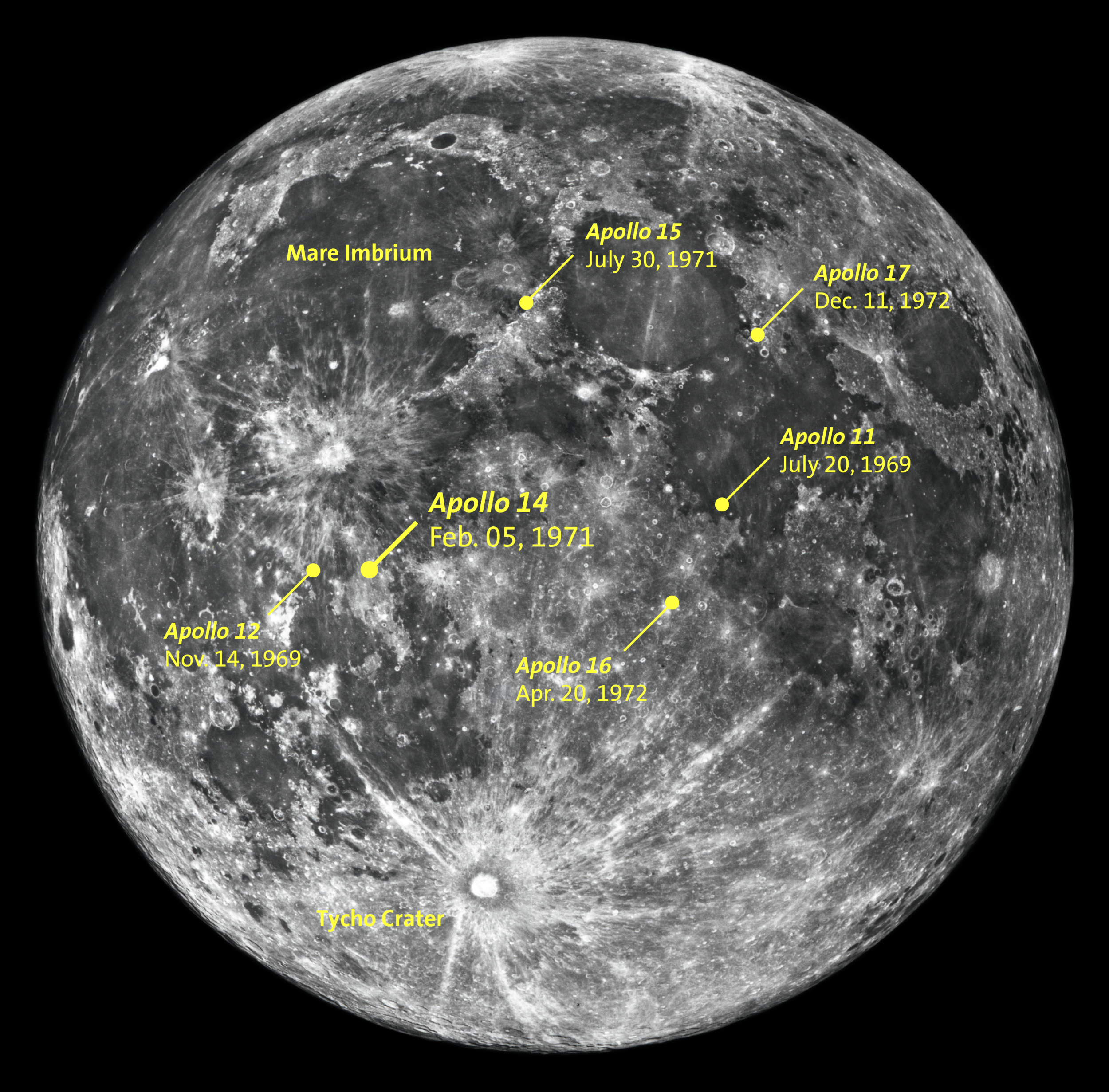
Landing on the Moon changed everything. Earth’s nearest neighbor in space was transformed from a distant object shining in the night sky to a world with a desolate landscape and its own unique history.
The astronauts stood on the Moon for all of us but studied it as geologists would. They visited its vast cratered plains and left their footprints on its ancient dusty surface. The priceless collection of lunar rocks they brought home explained the Moon’s relationship to Earth and expanded our understanding of the solar system.
A Piece of the Moon

Apollo astronauts brought back 842 pounds of rocks, pebbles, core samples, and dust from the Moon’s surface during six missions. It marked the first time people left Earth to get samples of another solar-system object. At left, astronauts Edgar Mitchell and Alan Shepard examine Big Bertha (the largest rock on the table), a 19.8-pound Moon rock they collected during the Apollo 14 mission. NASA loaned a piece of Big Bertha to Griffith Observatory for public display.
Small Steps and Giant Leaps
On July 20, 1969, Neil Armstrong and Edwin “Buzz” Aldrin walked on the lunar surface as a billion people back home watched them on live television. It was one of the most memorable and significant events of the twentieth century.
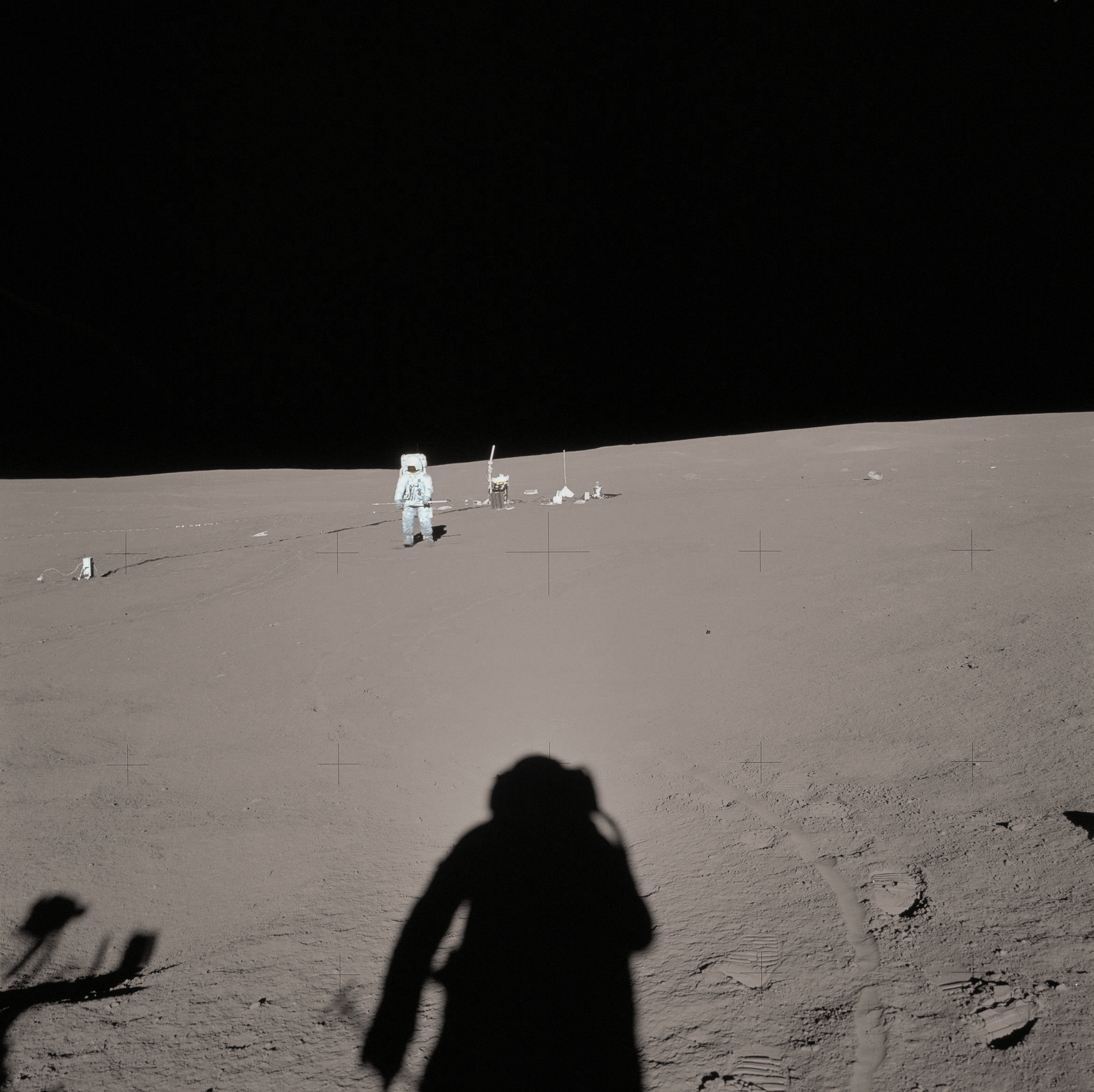
Twelve men landed on the Moon from 1969-1972. They conducted experiments (as during Apollo 14, left), collected samples, and paved the way for future human exploration.
An Accomplishment for Us All

The United States moon missions touched hearts and imaginations everywhere. Today’s space explorations involve people and facilities around the world.
Some of the Apollo astronauts trained for their missions in Griffith Observatory’s planetarium theater. Here they learned to navigate by the stars.
Standing on the Moon
The Moon’s landscape is scarred by craters and covered with a layer of dust. There is no air, liquid water, or life. The gravity is one-sixth Earth’s, so visitors can leap easily across the surface.
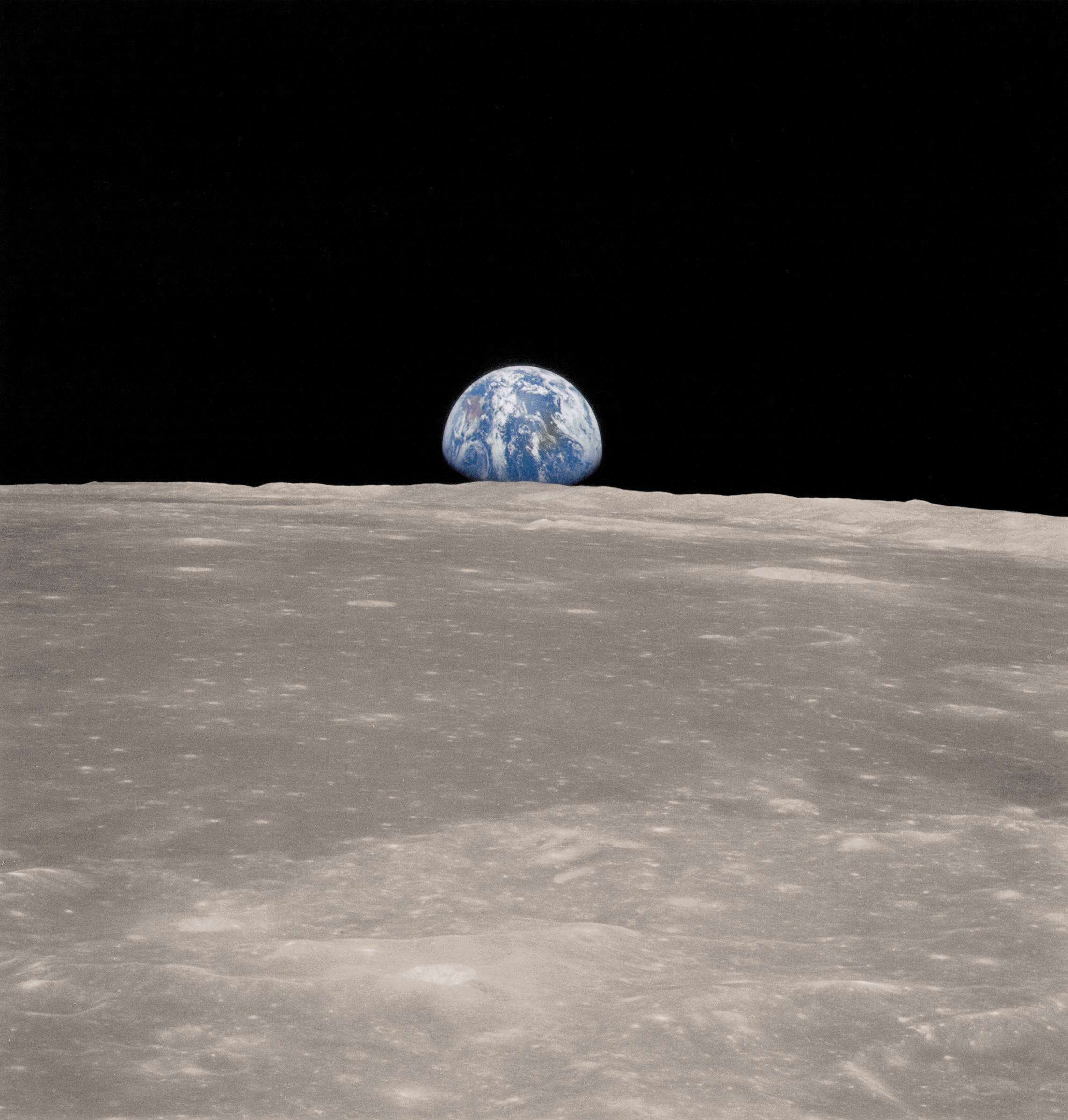
The Moon rotates much more slowly than Earth. It experiences nearly 14 continuous days of sunlight, followed by an equally long night each lunar “day.” Surface temperatures swing from boiling hot to frigidly cold.
Surviving a Harsh Environment
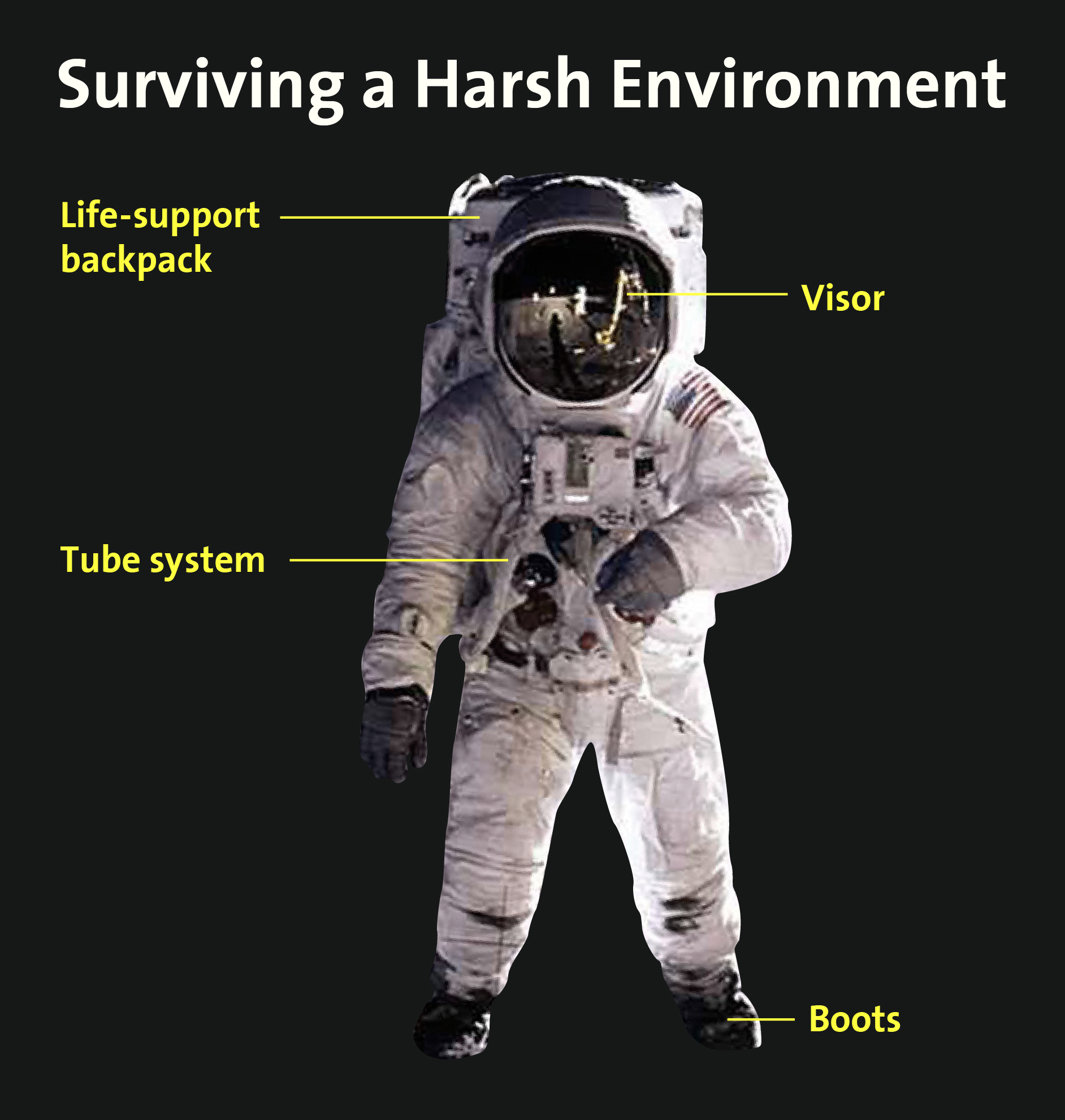
Walking on the Moon is a death-defying feat. The only way to survive the harsh, airless surface is in a safe and mobile environment — like the one inside a space suit. Although suit designs have improved since the Apollo missions, their basic functions remain the same. The suit, backpack, and tubing supply oxygen and cooling. The visor provides shade from intense sunlight. Boots weigh the astronaut down during surface exploration.
